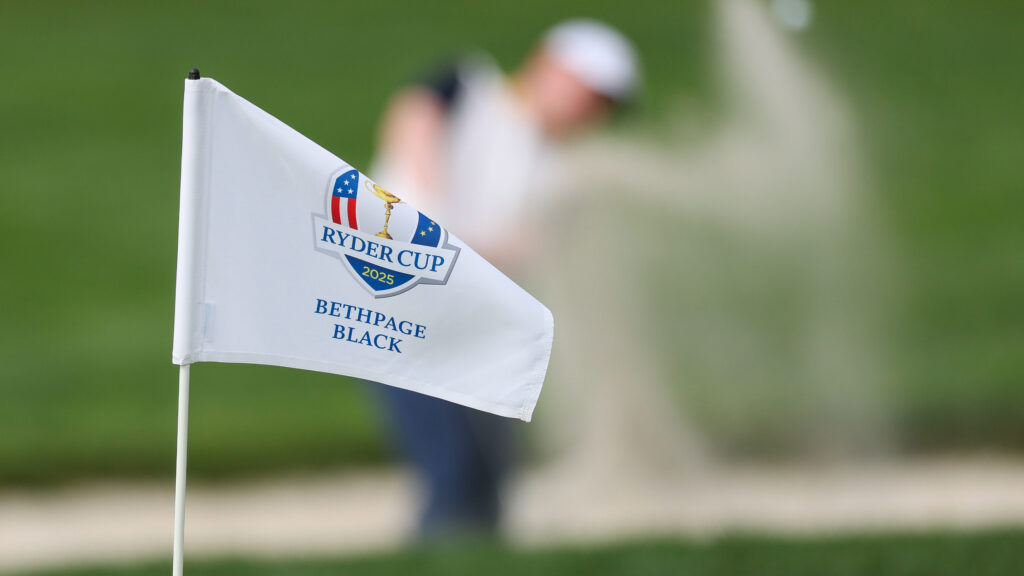The Ryder Cup Envelope Rule: A Deep Dive
The Ryder Cup, one of golf’s most prestigious events, brings together teams from the United States and Europe in a thrilling competition. Among the many rules governing this event, one of the more obscure yet intriguing is the envelope rule introduced in 1979. This rule was established to address potential scenarios that could unfold before the highly anticipated Sunday singles matches.
Understanding the Envelope Rule
At the end of the second day’s play, each team captain is required to submit a sealed envelope containing the name of one player from their squad. This player’s name reflects the individual’s that the captain is most comfortable leaving out in the scenario that someone is unable to compete due to illness or injury. While the Saturday matches may be consequential, the primary focus of this rule lies in safeguarding Sunday’s singles competition.
A Shift in Format Since 1979
Before the 1979 Ryder Cup, there were no stipulations requiring all players to participate in the final day of play. This flexible format, however, led to inconsistencies and uncertainties, especially concerning player availability. The revised format mandated that all 12 players from each team compete against an opponent, thereby heightening the stakes. But with this increased intensity came the potential for disruption, prompting the introduction of the envelope rule to mitigate complications.
What Happens If a Player Can’t Compete?
Considering the rigorous nature of competitive golf, injuries and illnesses can occur unexpectedly. The envelope rule exists to provide an immediate alternative without causing significant disruptions to the day’s lineup. If a selected player cannot compete, the captain’s choice from the envelope is unsealed, and that player is subsequently replaced.
Historical Context: The First Usage of the Envelope
The envelope rule made its debut during the Greenbrier edition in 1979. Since its introduction, the rule has only been activated on two occasions out of the 22 Ryder Cups that followed. Notably, the first instance occurred in 1991 during the Kiawah Island match. U.S. player Steve Pate suffered an unfortunate car accident, rendering him unable to participate in the singles.
The Outcome at Kiawah Island
European captain Bernhard Gallacher had to reveal his selected player from the envelope – Englishman David Gilford. The match between Pate and Gilford, which could have altered the fate of the tournament, ended up being halved due to Pate’s inability to compete. The U.S. team narrowly clinched victory at 14.5 to 13.5, leaving fans to speculate about the potential impact Gilford may have had on the ultimate score.
The Envelope in Action: A Second Instance
Two years later, in 1993 at The Belfry, the envelope rule was tested again. This time, U.S. captain Tom Watson had an easier decision, as Lanny Wadkins voluntarily stepped forward to take the place in the envelope due to Europe’s Sam Torrance suffering a foot injury. Once again, the match involving Wadkins was halved, and the U.S. triumphed 15-13.
The Psychic Nature of the Envelope Rule
What stands out about the envelope rule is that, under normal circumstances, the selected player need never be aware of their potential exclusion. If no issues arise necessitating the envelope to be unsealed, it is simply destroyed. This aspect makes the rule both peculiar and psychologically challenging for captains, who are often forced to choose which player they feel is the least critical for the team’s success under unfortunate circumstances.
Adaptations Made During the Covid-19 Pandemic
Fast forward to 2021 at Whistling Straits – amid the challenges posed by the Covid-19 pandemic, the Ryder Cup witnessed a temporary adaptation of the envelope rule. Captains were instructed to submit one sealed envelope along with a second envelope containing three additional names, prioritizing their preferred substitutes based on potential health concerns.
The Unused Envelopes
Fortunately, no envelopes were ultimately required to be opened during the tournament, allowing all 24 players to compete. This was a triumphant moment for the U.S., who went on to secure a dominating 19-9 victory, signaling that the necessary precautions had been effective while retaining the integrity of the competition.
Captains’ Perspectives on the Envelope Decision
The envelope rule has been a source of discomfort for many captains throughout its history. For instance, in 2002, U.S. captain Curtis Strange emphasized its challenging nature, describing his experience with the rule as "the most uncomfortable thing he ever had to do." The burden placed on captains in making such a decision speaks volumes about the emotional and strategic aspects of team leadership in high-stakes events.
Conclusion: The Strategic Importance of the Envelope Rule
While it may seem trivial, the Ryder Cup envelope rule plays a crucial role in maintaining the momentum and integrity of the final day’s play. By incorporating strategic foresight into team management, this unique aspect of the Ryder Cup not only safeguards against unforeseen circumstances but also enriches the event’s narrative. The captains’ decisions, made under pressure and with significant implications, contribute to the rich history and prestige of the Ryder Cup, underscoring the saying that every shot matters in the game of golf.
As the next Ryder Cup approaches, fans and players alike will be watching closely to see how this subtle yet impactful rule continues to shape the competition, maintaining a sense of drama and suspense leading into the final day of singles matches.


